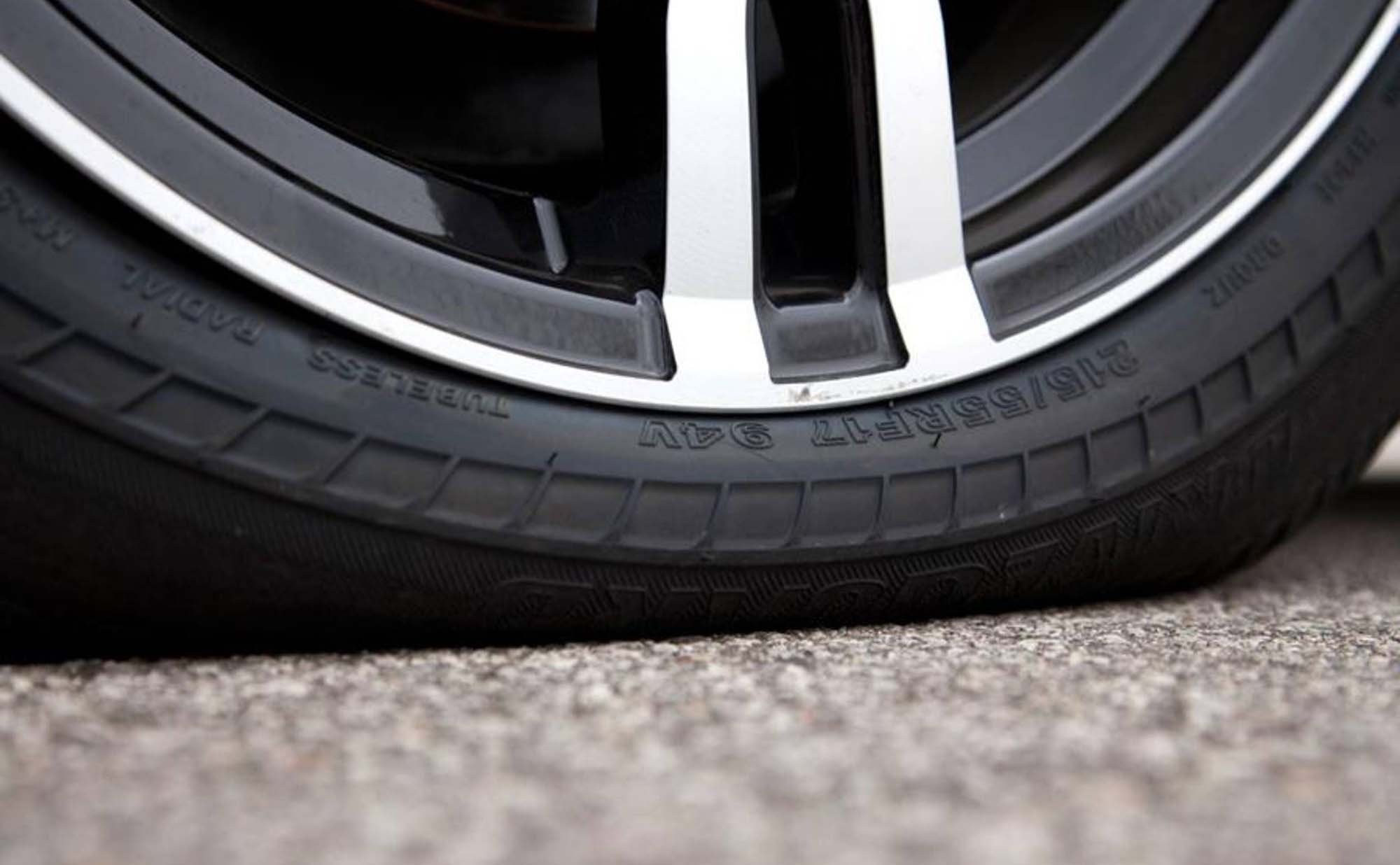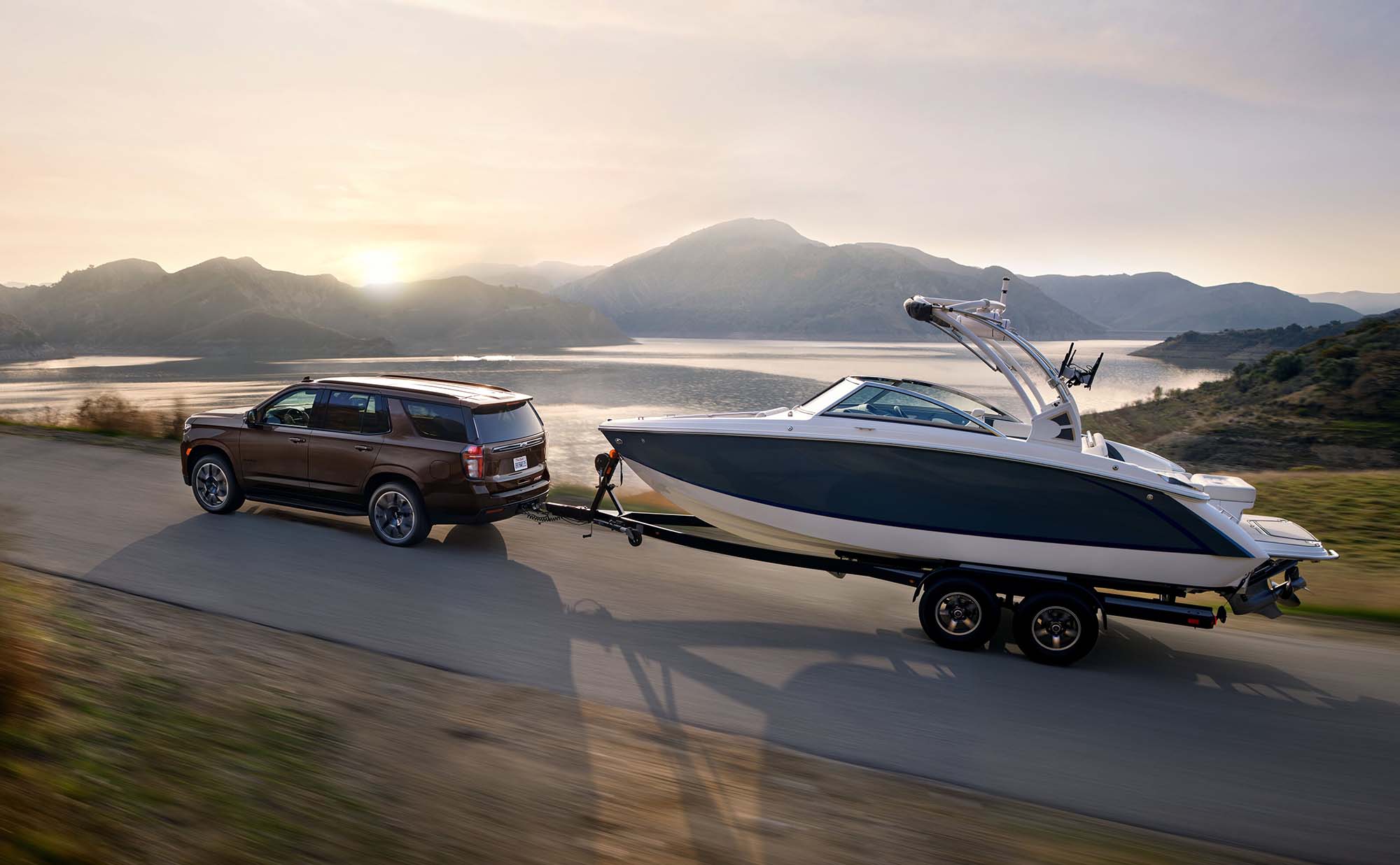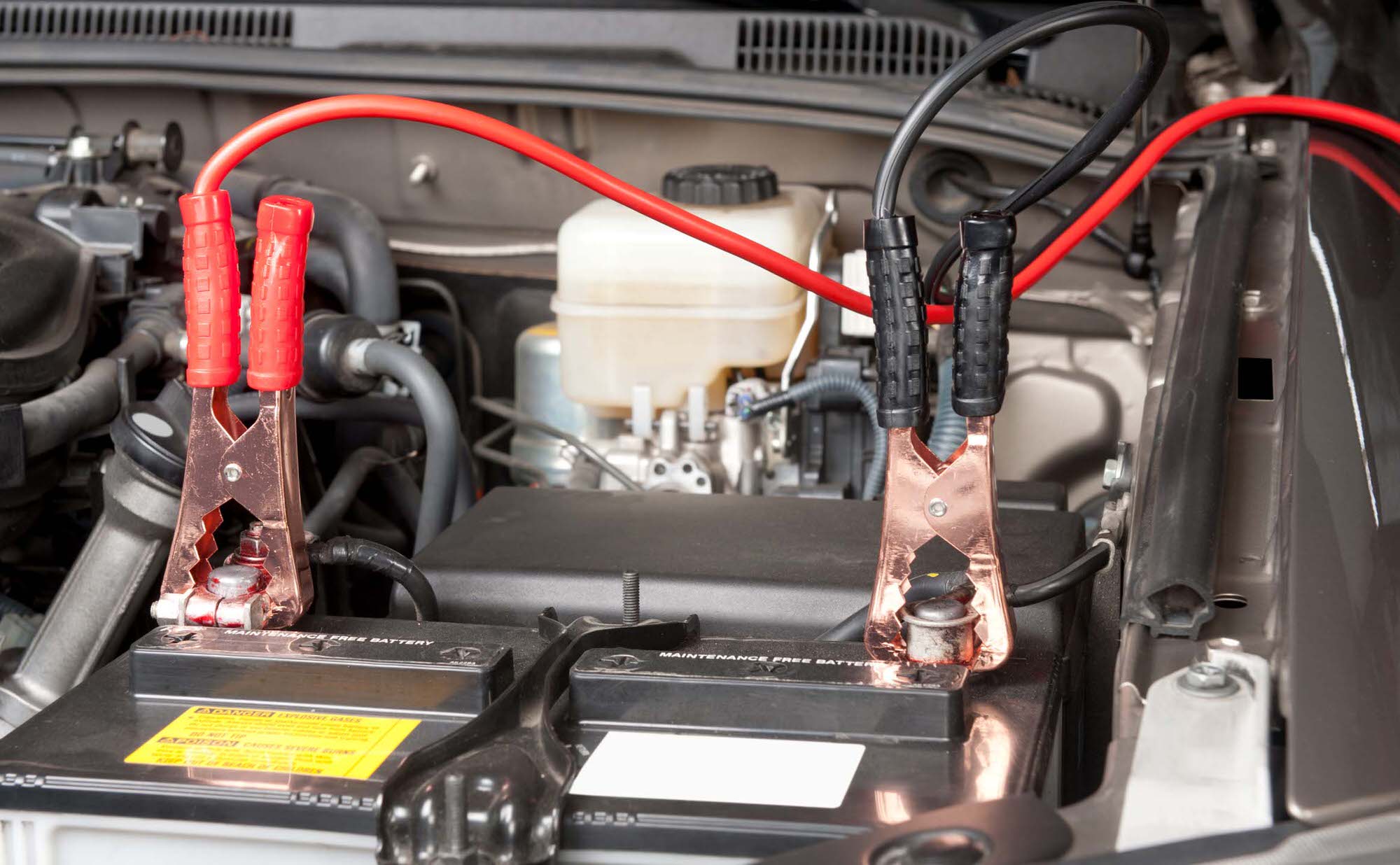Run flat tires are all the rage, but they aren't right for everyone (or every vehicle). Here is a list of the pros and cons, so you can make an informed choice.
Tire noise is created as air flows through the tread grooves as the tires deform due to contact with the road. Tires with bigger treads and more aggressive grooves will create more noise than smoother tires; because of this, manufacturers are constantly balancing surface-appropriate traction with noise levels.
Tire-Road Interface
Noise is generated at the interface between the tire and the road, so it would make sense that changes in both those players will affect the amount of noise. Brand-new smooth asphalt will be much less noisy than bumpy concrete, even when driven on by the same tire. Therefore, when comparing the noise levels of different tires, it’s important to keep the road surface consistent.
Pitch
“Pitch” is a term used by the tire industry to describe the number of tread blocks around the circumference of a tire. A summer tire with large tread blocks will have fewer pitches to enhance performance on dry roads. Winter tires have fewer pitches to increase control on snowy or icy roads.
Pitch Sequencing
If each tread block was exactly the same size and shape, they would all generate the exact same tone as the car rolls forward. The sounds would add together, producing a loud and monotonous drone. To avoid this effect, tire engineers use sophisticated technology to sequence multi-pitch tread designs that reduce overall noise. When done properly, this will result in a pleasant “white noise”.
Maintenance
Every time a tread block comes into contact with the road, its characteristics are changed by a very small amount. However, when this small change is multiplied by 4 million over a driving distance of 8000km, the size and shape of the tread will have changed significantly. If irregular wear is not kept under control, all the engineering trickery that went into making the tread block will be lost.
Periodic tire rotation ensures that all parts of the 4 tires are used evenly. Tire rotation should be done every 8000 kilometers or every 6 months.
The first tire rotation for a new set of tires is the most important. If you think your new tires are due for a rotation, don’t hesitate! Talk to us to find out how you can get it done. Skipping tire rotations will cause irreversible tread wear patterns that will increase noise and decrease performance.




